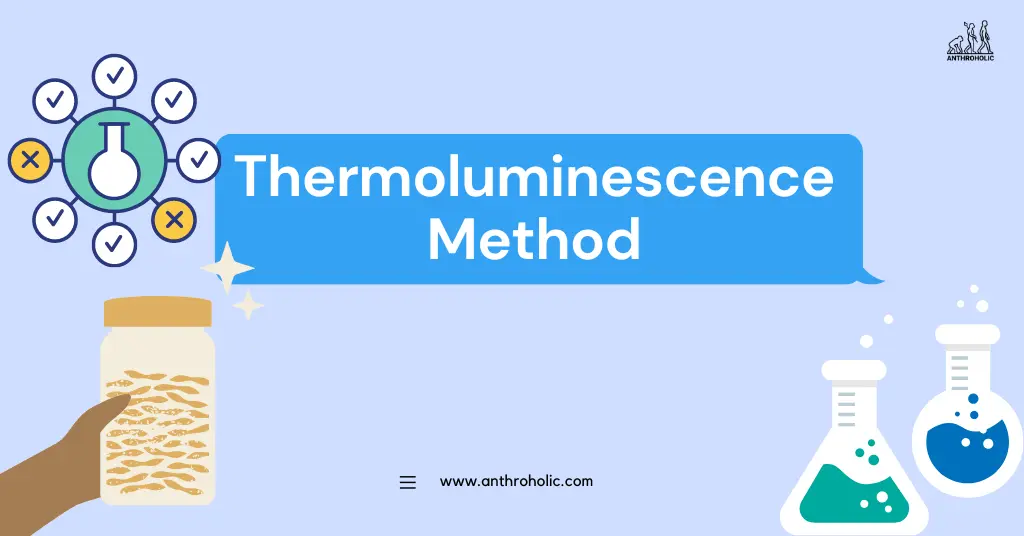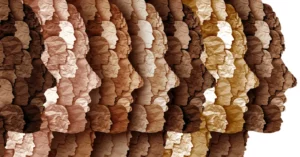AI Answer Evaluation Platform Live Now. Try Free Answer Evaluation Now
Thermoluminescence Dating
Thermoluminescence dating (TL), a prevalent method in archaeological science, provides an effective technique for dating ancient artifacts and geological materials [1]. It measures the accumulated radiation dose of the time elapsed since the material containing crystalline minerals was heated or exposed to sunlight [2].

The Principle of Thermoluminescence Dating
Thermoluminescence dating operates on the principle that radioactive elements in the soil, such as uranium, thorium, and potassium, emit radiation, which is absorbed by quartz or other minerals found within archaeological materials [3].
Over time, these minerals trap a portion of the radiation within their crystal lattice. When these minerals are heated or exposed to light, the stored energy is released as light, known as thermoluminescence [4]. The intensity of the light emission can be used to calculate the time elapsed since the material was last heated or exposed to sunlight.
Applications in Archaeology
Thermoluminescence dating has been effectively used in various archaeological contexts:
- Pottery and ceramics: As ceramics are typically heated above 500°C during production, they reset their thermoluminescence ‘clock’. This enables TL to date ceramics to when they were last fired.
- Lithics and Stone Tools: TL can date flint tools by determining the time elapsed since their creation, as flint needs to be heated for tool production.
- Sediment Layers: TL dating can also be used to date the sediment layers in which artifacts are found, thus providing a context for archaeological sites.
(Table 1. Applications of Thermoluminescence in Archaeology)
Advantages of Thermoluminescence Dating
- Wide Date Range: Thermoluminescence dating can be used to date materials ranging from a few hundred years to several hundred thousand years old.
- Non-Destructive: This method does not cause significant damage to the artifact.
- Applicable to Various Materials: TL dating can be applied to a broad range of materials, including pottery, flint, and sediments.
Limitations of Thermoluminescence Dating
- Requires Certain Conditions: Successful TL dating requires that the artifact was sufficiently heated in the past, and the material has not been re-exposed to heat or intense light since then.
- Accuracy: While it provides a range of dates, it may not be as precise as other dating methods such as radiocarbon dating.
- Cost and Accessibility: The method requires specialized equipment and trained personnel, which may not be readily accessible or affordable to all researchers.
Conclusion
Thermoluminescence dating is a crucial tool in archaeology, allowing researchers to date artifacts and geological materials with a fair degree of accuracy over a vast timescale. Though not without its limitations, the breadth of its applications and its non-destructive nature make it a valuable asset in the archaeologist’s toolset.
References
[1] Aitken, M.J. (1985). Thermoluminescence dating. Academic Press.
[2] Wintle, A.G. (1997). Luminescence dating: laboratory procedures and protocols. Radiation Measurements.
[3] Rhodes, E.J. (2011). Optically Stimulated Luminescence Dating of Sediments over the Past 200,000 Years. Annual Review of Earth and Planetary Sciences.
[4] Botter-Jensen, L., Thomsen, K.J., & Jain, M. (2003). Review of optically stimulated luminescence (OSL) instrumental developments for retrospective dosimetry. Radiation Protection Dosimetry.




